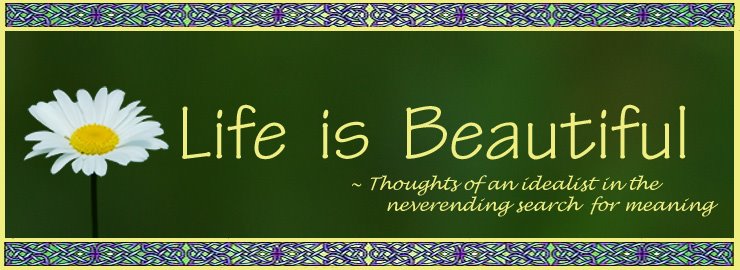The summer I turned 19, with aspirations of becoming a physician, I landed a summer job in a nursing home. I was a Nurse's Aide. Back then, there was no licensure or educational requirements. It was all on-the-job-training. And what training it was! (Especially for a teenaged girl…I'll share more about that later!) After college, I again worked as a Nurse's Aide to gather more hands-on experience before entering graduate school for Occupational Therapy (OT) . Finally, I began my OT career specializing in geriatric rehab. Since I have many stories and experiences to share, this will be an ongoing blog series.

Photo found on Flickr
The Experience
Many people shudder at the thought of nursing homes. They conjure sad images of frail people waiting to die and cold, sparsely decorated rooms. Reality often validates these impressions. But only on the surface.
Nursing homes assault your senses. The smell of cleaning products mixed with body fluids. The sight of people napping in wheelchairs. The sound of pain, confusion, and croaks for help. (Once a woman with a stroke-damaged smile pointed and shouted to me, "There! Do you see it?! A lemming!")
However, the hushed, depressive atmosphere and the sense that you are in a place between worlds are false. In truth, nursing homes are much more warm and familiar, fun and alive, and surprisingly comfortable. A visitor can't experience those depths. Let me take you inside.
In a way, working in a nursing home is like caring for 15 infants and toddlers at once. You scramble to:
- Wipe noses and wash hands.
- Help them stand at the sink to wash and dress.
- Soothe one crying in the corner while catching one trying to escape out the door.
- Mediate squabbles.
- Help people use the toilet (and wipe).
But despite the work, most of my days ended with a smile and a warm heart. Why? Because working with adult-sized people is about more than meeting their physical needs. Each one has a lifetime to share and lessons to teach. History lessons (I've met several folks who were born in the 19th century!). Cultural lessons. And plenty of psychology.
A nursing home is a home-- an extended family. And nothing is warmer than that.
Elizabeth
One of my beloved "grandmothers" called me into her room one day. Elizabeth knew I was engaged, and had even met Jason once. She gave me a piercing look, set her lips firmly, and declared "You must have something blue with you when you marry." Then she handed me the embroidered handkerchief pictured below.
Months later she suffered a second stroke. The charge nurse phoned me on my day off to let me know that it was "time". I sat with her for several hours, the other aides joined me when they could spare a few minutes. She quietly slipped away later that night.
And I proudly carried "something blue" down the aisle six months later.

Next time, I'll tell you about another time Elizabeth called me into her room....
:)







